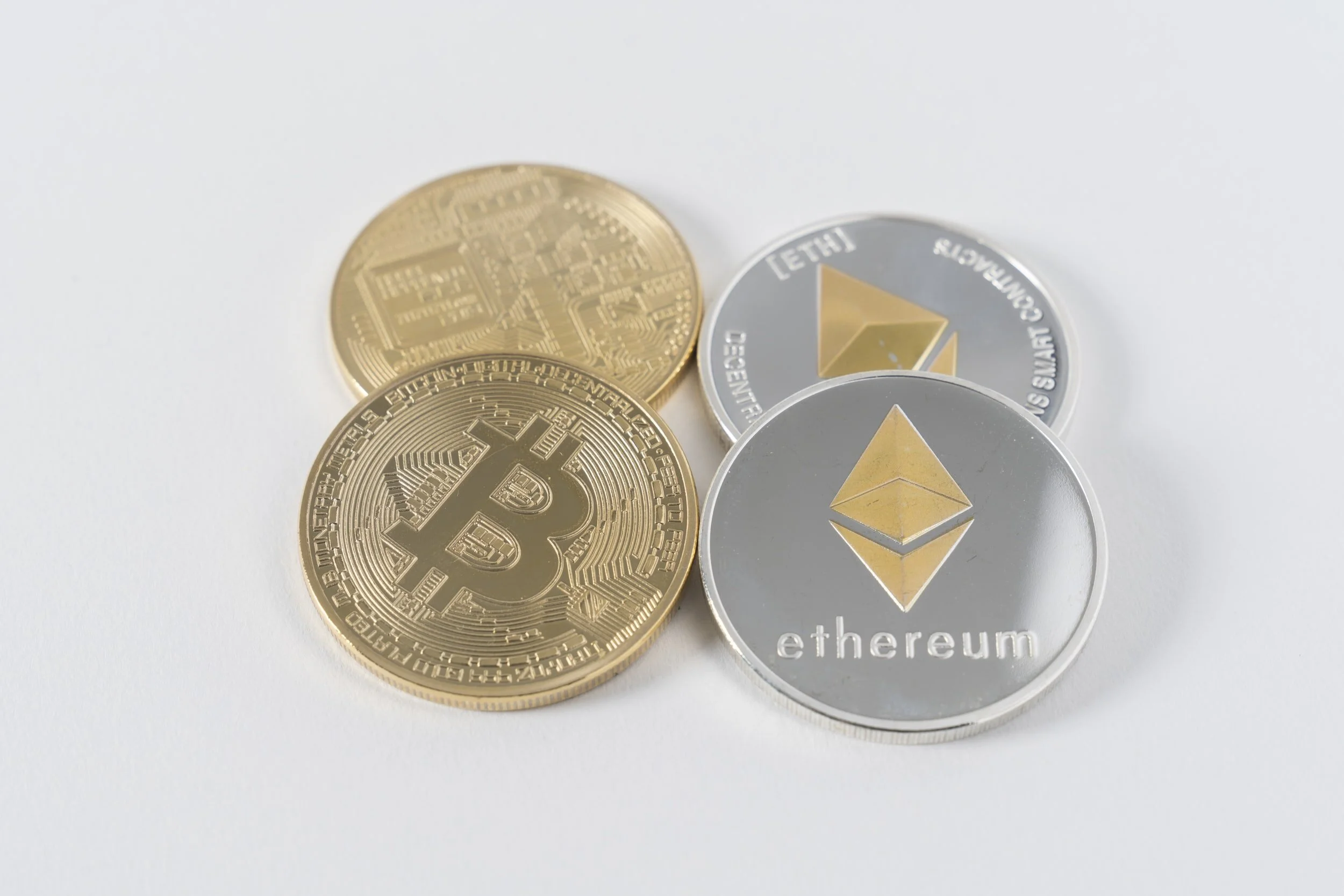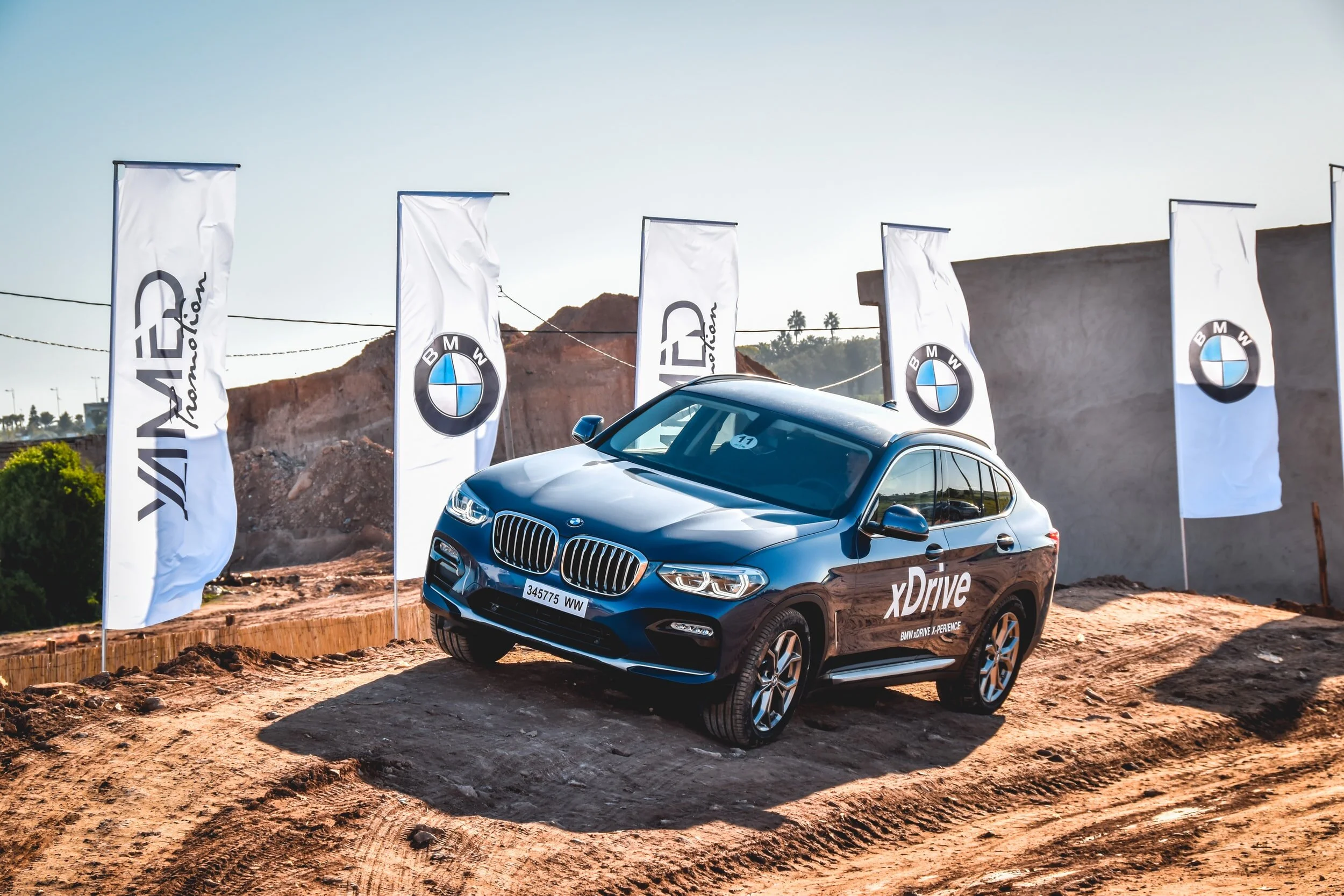It appears that no matter the challenges involved in getting a car to completely drive itself, they are nothing compared to the ingenuity and self-belief of our tech savours (Silicon Valley engineers). While the progress of humankind is likely to solve the many challenges of level-5 autonomy (driving with no human input), it is likely that many of the unforeseen challenges and consequences will take longer to solve than the challenges solved thus far. Here are some of the challenge we don’t think are going to be fixed anytime soon…
Congestion
There is a lot of speculation that congestion in our cities will reduce because people will go from owning a car to using a car sharing service, this will free up parking garages as people won’t need their car during the day or when they are at work. While this may reduce the overall number of cars, it is unlikely to reduce congestion and will probably make it worse.
There is a very real possibility that congestion may increase as cars that would normally be left dormant will now be on the road looking for a rider. Or for privately owned autonomous cars, they will be travelling home empty to wait at home until the afternoon pickup.
Charging
It is speculated that most autonomous and electric cars will be more suited and more economic for congested cities rather than rural areas or urban sprawl and this makes sense. However, cities are the most difficult areas to keep electric cars charged and ready as many people don’t have off-street parking, many people don’t own their roof, making solar generation and battery storage unlikely for most. Requiring large parking and charging garages will likely be necessary, contradicting predictions that parking garages will become obsolete.
Systemic failure
The hardest consequence to predict is a possible systemic failure. While human drivers are fallible, we are all bad drivers in our own individual way meaning that we are unlikely to all make the exact same mistake on the road. Individualistic and chaotic systems have served humans and nature well, they create paradoxically stable systems overall. However, when you remove millions of individual decisions being made on the road and replace it with one decision logarithm the consequences could be diabolical.
A nightmare scenario could be thousands of cars plunging off a ravine like lemmings because of some bug or miscalculation that only occurs because of the autonomous cars interaction with other autonomous cars. i.e. an individual autonomous car wouldn’t make the same error in isolation, but it’s interaction with others causes some unforeseen feedback loop.
This is a science fiction nightmare and it’s scary to think about.
Blackouts & Disasters
I was fortunate to be driving home from work in what was considered to be an apocalyptic blackout in Adelaide on the 28th of September 2016. It was caused by a once in a 50 years storm and a main transmission connector line being flattened by high winds that left the majority of the state (about 1.7 million residents) without power. There are many reasons for the cause of the debacle, which I don’t want to go into here.
The weather that day was horrible, with rain pelting the windscreen, wind blowing debris onto the road and all major traffic lights on my commute totally blank on my 30-minute commute. Because of the sheer number traffic lights down, the police had no way of policing and regulating traffic through the major intersections that I needed to pass through that night.
So, what happened? Chaos? Crashes? Violence?
Not at all, in fact I don’t even recall hearing a beeping horn. Drivers just nudged their way through the intersections giving way where they seemed appropriate, taking turns to pass through the intersections that normally handle up to 50,000 vehicle per day. While we always assume that technology can do a better job than a human, faced with a complicated and nuanced scenario, humans generally do a pretty good job.
I can’t help but wonder, what will happen in the future with autonomous cars trying to negotiate an intersection that has no rules? Sure, some clever spark will write a logarithm to deal with downed lights, but no one disaster scenario is likely to be the same. Or, what would happen if all the communications went down for a period? I assume the autonomous cars would carefully stop in traffic while the riders just wait for communications to be restored. I can’t think of anything more frustrating!
Even more worrying, what happens when people need to evacuate a hurricane or bushfire? I can’t help but think of the confusion and helplessness that people might experience when a fleet of robo-taxi’s are tasked with evacuating large populations all at the same time and all in the same direction.
Freedom
The transition to autonomous cars has been compared to the disruption that automobiles had on the horse and cart, but I believe this will be a much bigger impact to society. When we ditched the horse and embraced the steering wheel, at least we gained more control over where we wanted to go, when and how, and as a bonus, we reduced the likelihood of being kicked in the face by a horse. A computer may be better at driving than the average human, but people will be receding control and it always feels more comfortable to be driving verses travelling in the passenger seat.
In addition to the perceived loss of control, there is a very real threat that humans may need to be segregated from robot cars just like factory workers are with their fellow robot workers. There are already predictions that human drivers may be banned from entering certain areas of future cities and special walkways for pedestrians will need to be erected as to make the life of robot cars easier and more predictable.
This isn’t the way technology is supposed to be. We shouldn’t have to yield our freedoms to make technology work better, it should adapt to us.

















